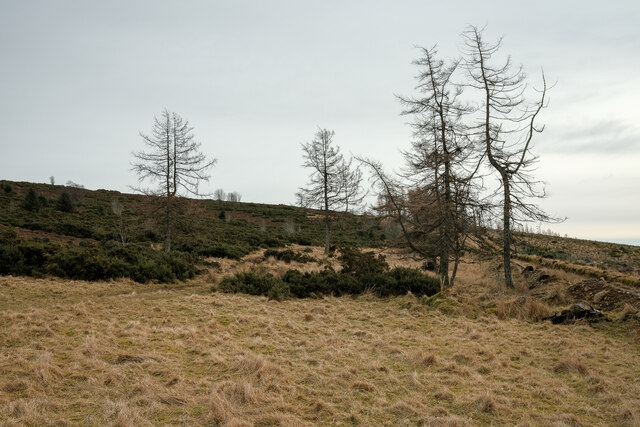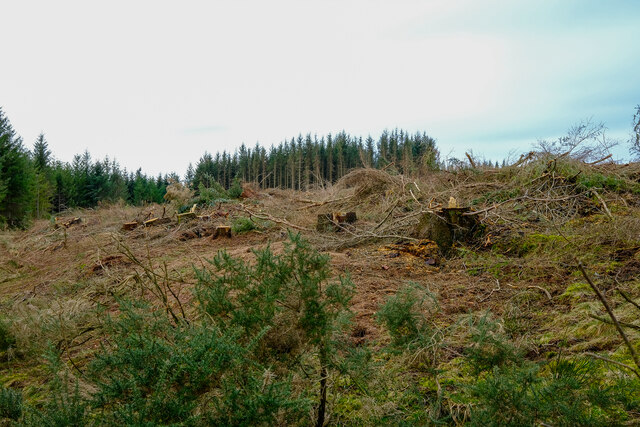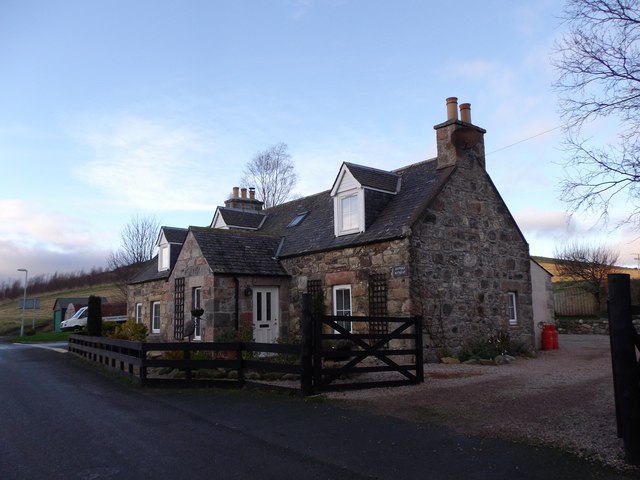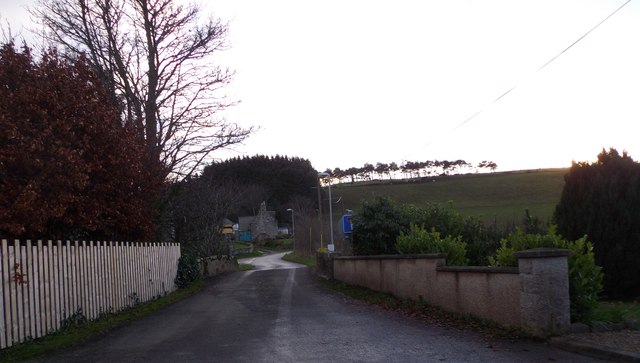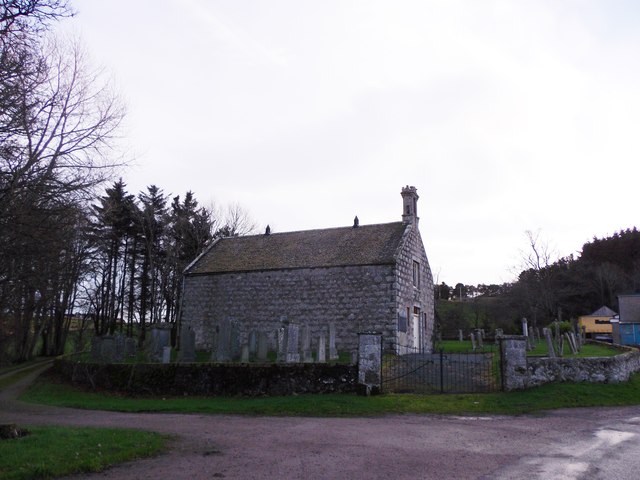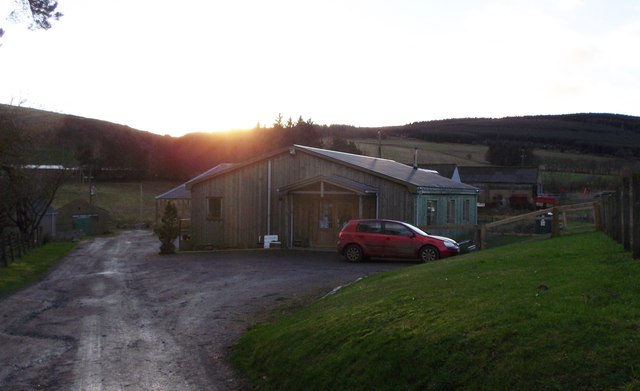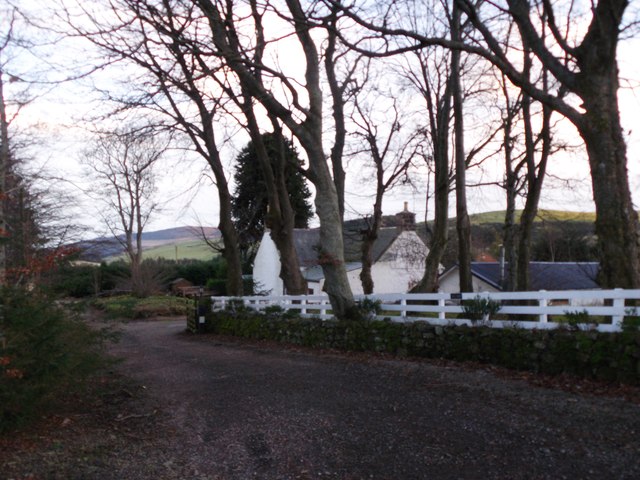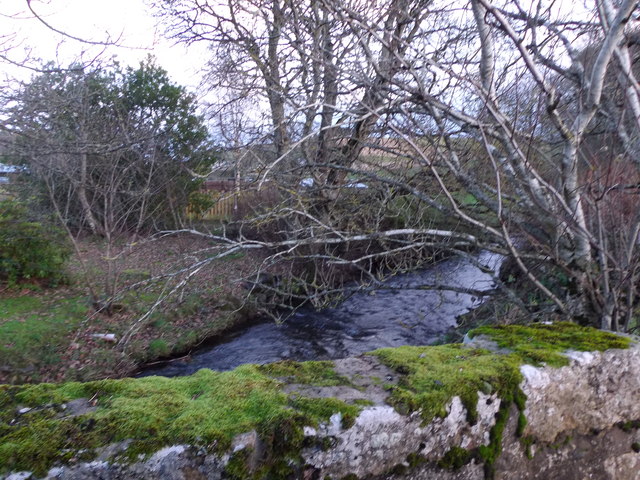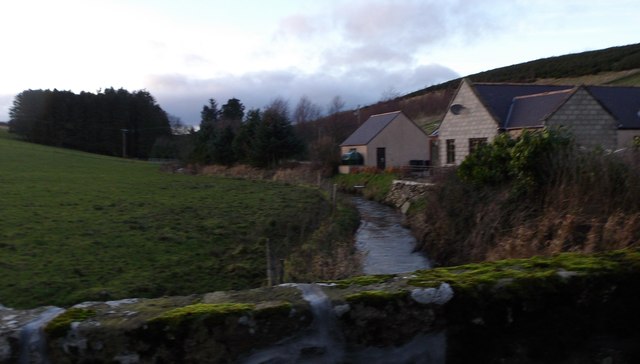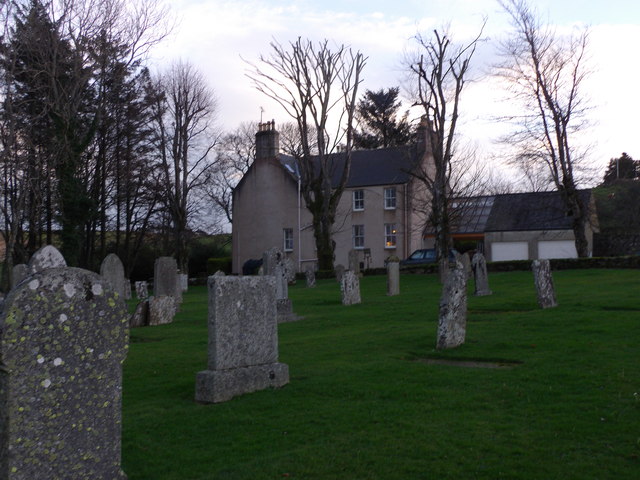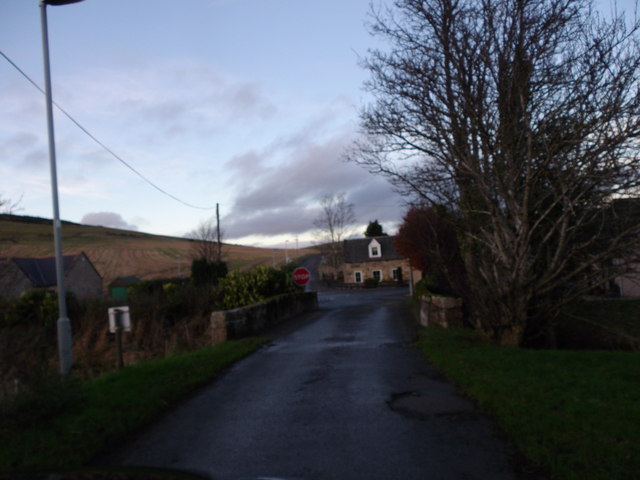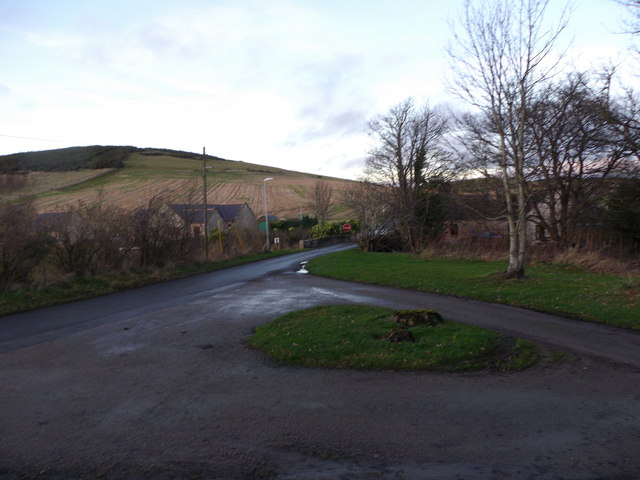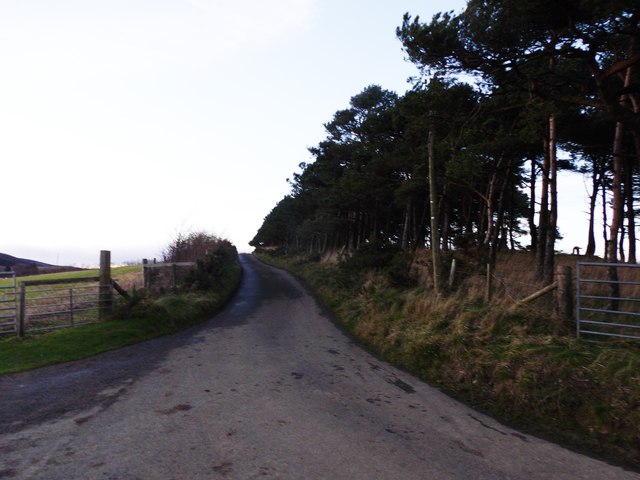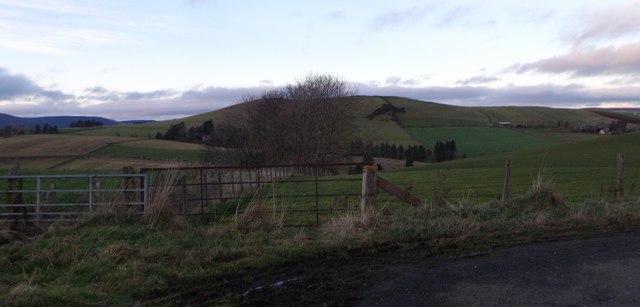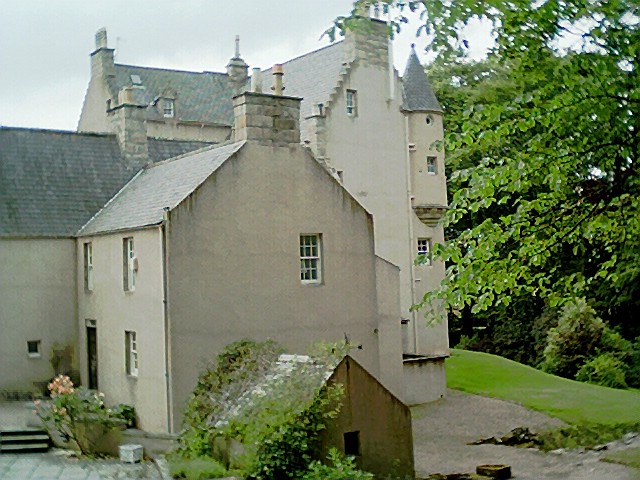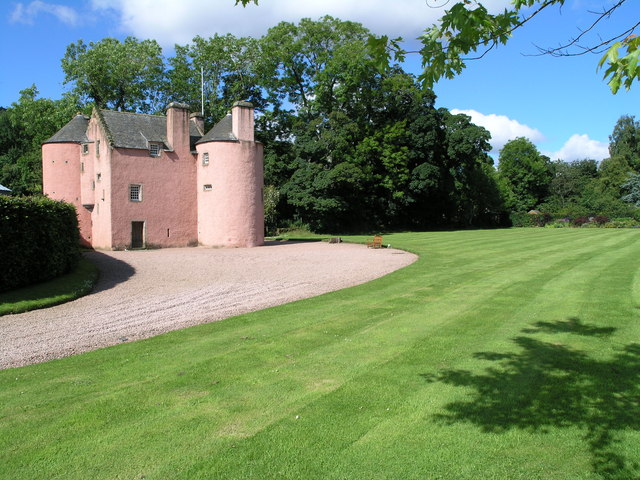Black Bog
Coastal Marsh, Saltings in Aberdeenshire
Scotland
Black Bog
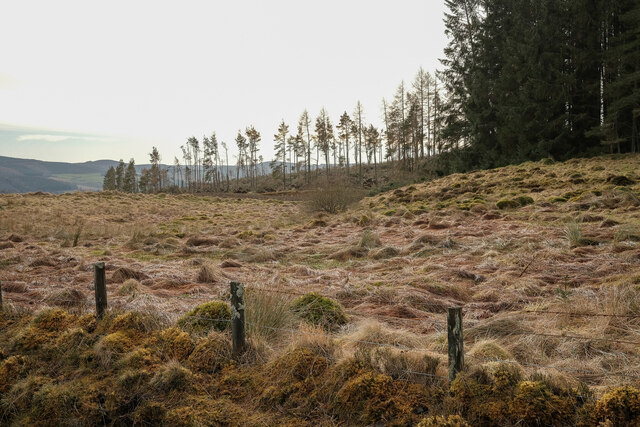
Black Bog is a coastal marsh located in Aberdeenshire, Scotland. It is situated near the village of Blackdog, approximately 10 miles north of Aberdeen. The area is known for its unique ecosystem and natural beauty.
Covering an area of approximately 200 acres, Black Bog is characterized by its diverse flora and fauna. The marsh is composed of a mixture of wetland habitats, including salt marshes and saltings. These habitats are formed by the deposition of sediment brought by the tides and are influenced by the nearby North Sea.
The vegetation in Black Bog is varied and adapted to the saline environment. It includes species such as sea aster, sea lavender, and saltmarsh grasses. These plants not only provide habitat and food sources for numerous bird species but also help stabilize the marshland.
The coastal marsh is an important breeding ground and resting place for a wide range of bird species. It attracts migratory birds such as redshanks, curlews, and oystercatchers. Additionally, it is home to resident species like lapwings and reed buntings. The abundance of birdlife makes Black Bog a popular spot for birdwatching enthusiasts.
The coastal marsh also serves as a vital habitat for various invertebrates, including butterflies, moths, and dragonflies. It supports a rich insect population, which in turn sustains other wildlife in the area.
Black Bog is not only a haven for wildlife but also offers visitors the opportunity to enjoy scenic walks and appreciate the natural beauty of the coastal landscape. With its diverse ecosystems and abundant wildlife, Black Bog is a significant and cherished part of the Aberdeenshire coastline.
If you have any feedback on the listing, please let us know in the comments section below.
Black Bog Images
Images are sourced within 2km of 57.295221/-2.6785615 or Grid Reference NJ5922. Thanks to Geograph Open Source API. All images are credited.
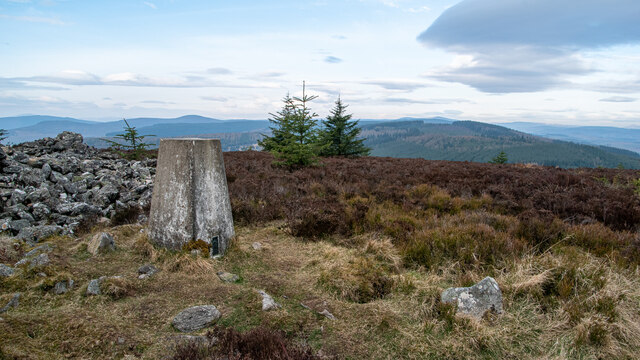
Black Bog is located at Grid Ref: NJ5922 (Lat: 57.295221, Lng: -2.6785615)
Unitary Authority: Aberdeenshire
Police Authority: North East
What 3 Words
///group.supplier.scowls. Near Insch, Aberdeenshire
Nearby Locations
Related Wikis
Gordon Way
The Gordon Way is a waymarked hiking trail in Aberdeenshire, Scotland. It runs for 11+1⁄2 miles (18.5 km) through the Bennachie Forest. The route was one...
Castle Croft
Castle Croft was located near New Leslie farm, about 5 kilometres (3.1 mi) south-west of Insch, in Aberdeenshire, Scotland. It was the property of the...
Auchleven
Auchleven (Scottish Gaelic: Achadh Leamhan) is a village in Aberdeenshire, Scotland. Located approximately 4 miles (6 kilometres) south of Insch, 17 mi...
Lickleyhead Castle
Lickleyhead Castle is a well-restored L-plan castle, dating from around 1600, a little south of Auchleven, by the banks of the Gadie Burn, in Aberdeenshire...
Keig
Keig ( KEEG) is a village within the local government area of Aberdeenshire Council in the North East of Scotland and is located within the Marr area of...
Tullynessle
Tullynessle is a hamlet in Aberdeenshire, Scotland, three miles NNW of Alford.The settlement contains the Category A listed Terpersie Castle, a privately...
Castle Forbes
Castle Forbes is a 19th-century country house in the Scottish baronial architecture style near Alford in Aberdeenshire, Scotland. The 6,000-acre (2,400...
Terpersie Castle
Terpersie Castle (originally built as Dalpersie House) is a 16th-century tower house in Tullynessle, Aberdeenshire, Scotland, located 5 kilometres (3...
Have you been to Black Bog?
Leave your review of Black Bog below (or comments, questions and feedback).
